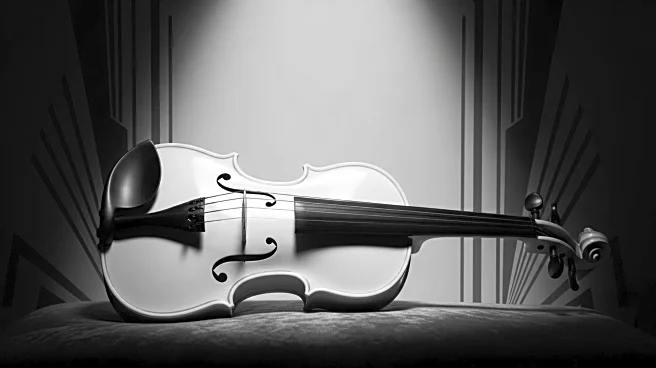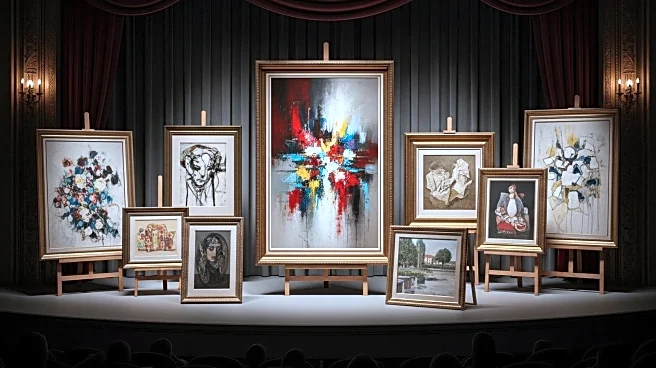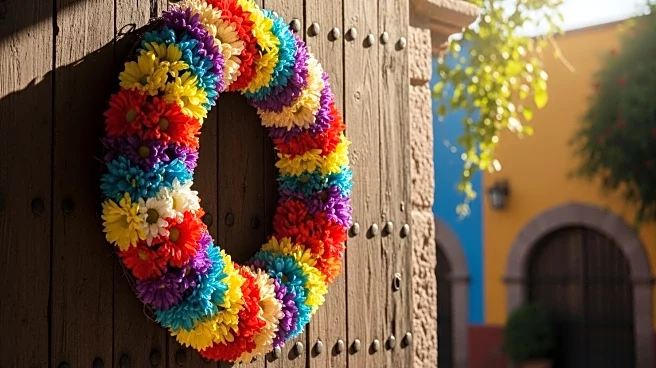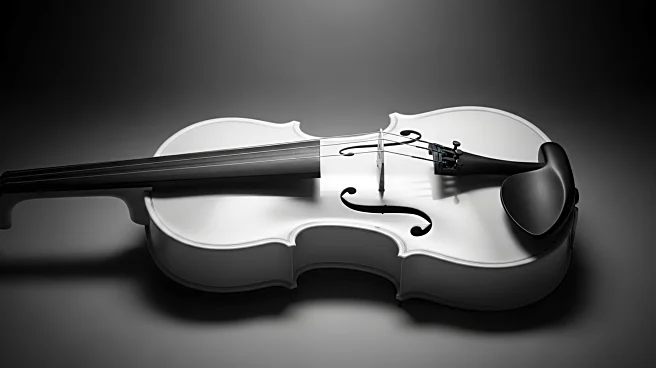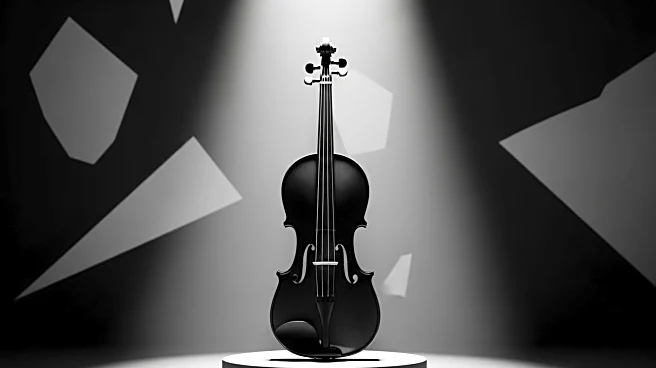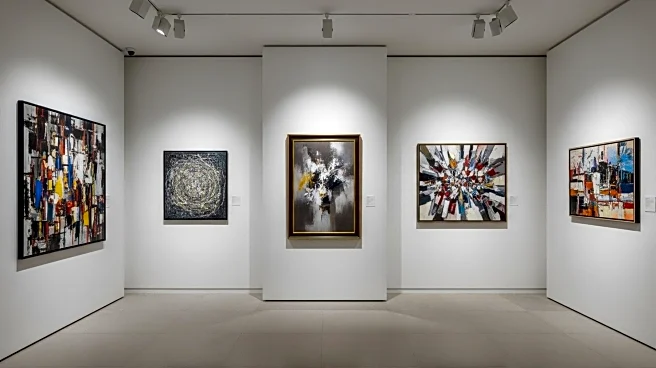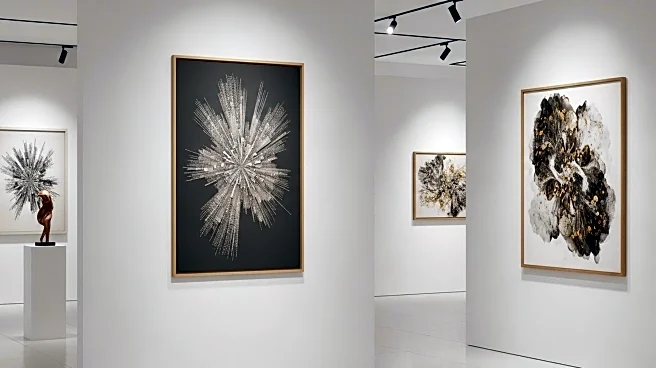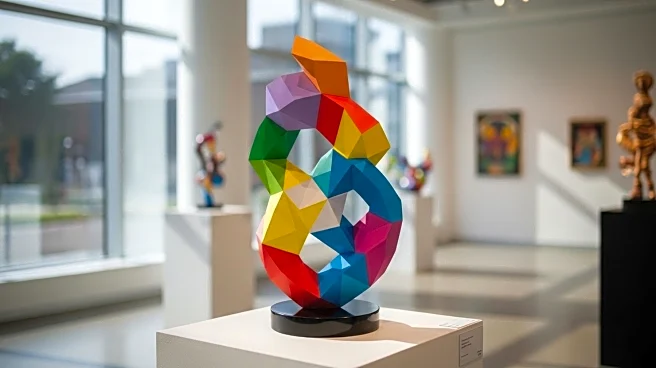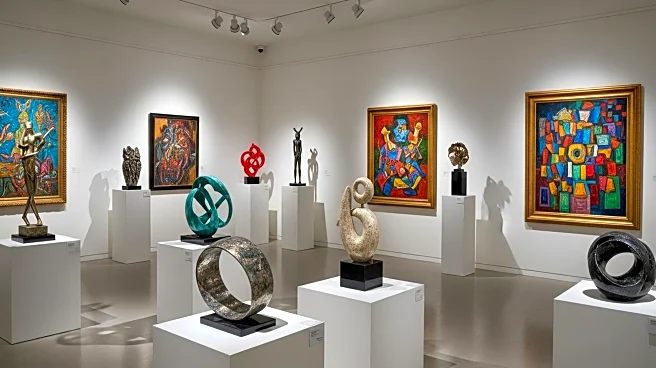What is the story about?
What's Happening?
Man Ray's iconic photograph 'Le Violon d'Ingres' has become the most expensive photograph ever sold at auction, fetching $12.4 million at Christie's New York in May 2022. The photograph, taken in 1924, features Kiki de Montparnasse, a cabaret star and Man Ray's muse, depicted as a violin. The image was first published in Andre Breton's Surrealist magazine Littérature and is known for its surreal and sensual portrayal. The photograph is currently on display at the Metropolitan Museum of Art in New York as part of the 'Man Ray: When Objects Dream' exhibition, which runs until February 1, 2026.
Why It's Important?
The sale of 'Le Violon d'Ingres' at such a high price underscores the enduring value and influence of Man Ray's work in the art world. This photograph not only highlights the intersection of photography and high art but also reflects the cultural and historical significance of the Surrealist movement. The image's record-breaking auction price indicates a strong market for iconic photographic works and suggests a growing appreciation for the medium as a form of fine art. Collectors and institutions may see this as a benchmark for future sales of similar works.
What's Next?
The exhibition at the Metropolitan Museum of Art provides an opportunity for the public to engage with Man Ray's work and explore the broader context of his artistic contributions. As the photograph continues to gain attention, it may inspire further scholarly research and exhibitions focused on Surrealism and the role of photography in art history. The high auction price could also influence the valuation of other works by Man Ray and his contemporaries, potentially leading to increased interest and investment in Surrealist art.
Beyond the Headlines
The photograph's depiction of Kiki de Montparnasse as a violin raises questions about the objectification of women in art and the power dynamics between artist and muse. Man Ray's manipulation of the image, including the intentional absence of Kiki's arms, reflects broader themes of control and transformation in Surrealist art. This aspect of the work invites discussions on the ethical implications of artistic representation and the ways in which art can challenge or reinforce societal norms.
AI Generated Content
Do you find this article useful?
